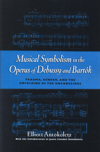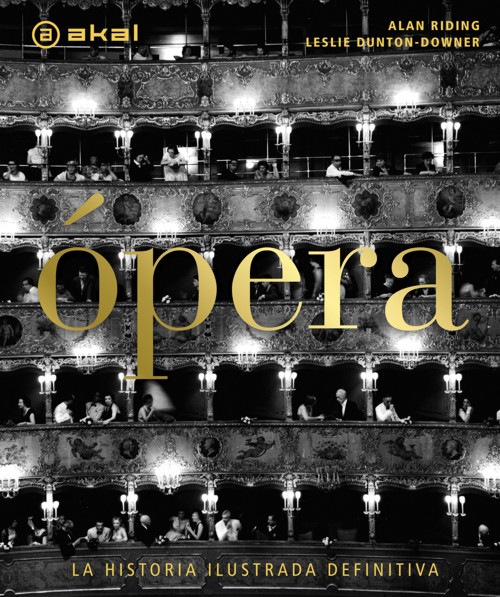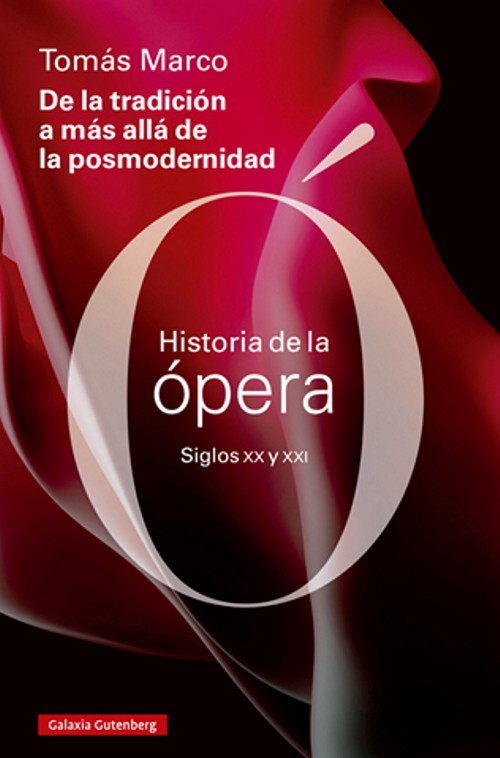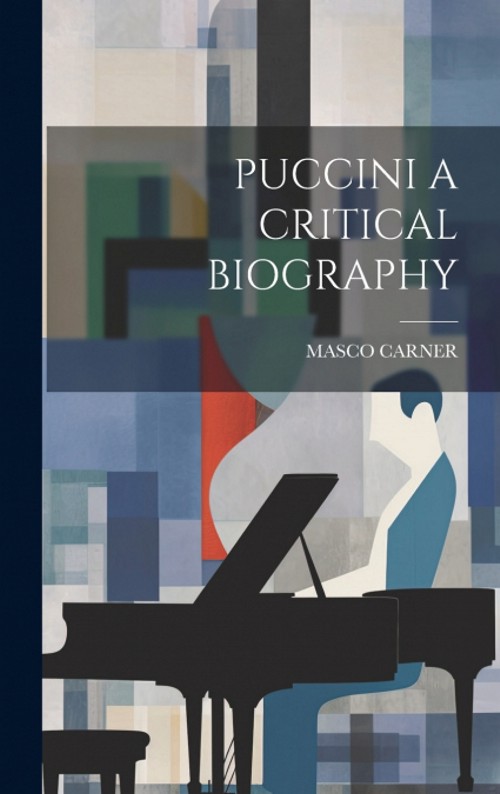
Musical Symbolism in the Operas of Debussy and Bartók: Trauma, Gender, and the Unfolding of the Unconscious
Antokoletz, Elliot
Oxford University Press. 2008Ficha técnica
- EAN: 9780195365825
- ISBN: 978-0-19-536582-5
- Editorial: Oxford University Press
- Fecha de edición: 2008
- Encuadernación: Rústica
- Dimensiones: 15x23
- Idioma: Inglés
- Nº páginas: XIV+352
Impresión bajo demanda
Disponibilidad sujeta a la información del editorPVP. 73,30€
Añadir a la Lista de deseos
-Antokoletz presents new theoretical principles and describes how they link historical, cultural, philosophical, and psychological issues of the early 20th century within the operatic milieu
-Explores the historical sources underlying the radical shift in music away from a traditional tonal system in the early 20th century
Musical Symbolism in the Operas of Debussy and Bartók explores the means by which two early 20th century operas - Debussy's Pelléas et Mélisandenullspan> (1902) and Bartók's Duke Bluebeard's Castle (1911) - transformed the harmonic structures of the traditional major/minor scale system into a new musical language. It also looks at how this language reflects the psychodramatic symbolism of the Franco-Belgian poet, Maurice Maeterlinck, and his Hungarian disciple, Béla Balázs. These two operas represent the first significant attempts to establish more profound correspondences between the symbolist dramatic conception and the new musical language. Duke Bluebeard's Castle is based almost exclusively on interactions between pentatonic/diatonic folk modalities and their more abstract symmetrical transformations (including whole-tone, octatonic, and other pitch constructions derived from the system of the interval cycles). The opposition of these two harmonic extremes serve as the basis for dramatic polarity between the characters as real-life beings and as instruments of fate. The book also explores the new musico-dramatic relations within their larger historical, social psychological, philosophical, and aesthetic contexts.
CONTENIDO:
Preface
Acknowledgments
1. Backgrounds and Development: The New Musical Language and Its Correspondence with Psycho-Dramatic Principles of Symbolist Opera
2. The New Musical Language
3. Trauma, Gender, and the Unfolding of the Unconscious in the Debussy and Bartók Operas
4. Pelléas et Mélisande: Polarity of Characterizations: Human Beings as Real-Life Individuals and Instruments of Fate
5. Pelléas et Mélisande: Fate and the Unconscious; Transformational Function of the Dominant-ninth Chord
6. Pelléas et Mélisande: Musico-Dramatic Turning Point: Intervallic Expansion as Symbol of Dramatic Tension and Change of Mood
7. Pelléas et Mélisande : Mélisande as Christ Symbol - Life, Death, and Resurrection - and Motivic Reinterpretations of the Whole-Tone Dyad
8. Pelléas et Mélisande: Circuity of Fate and Resolution of Mélisande's Dissonant Pentatonic-Whole-tone Conflict
9. Duke Bluebeard's Castle: Psychological Motivation; Symbolic Interaction of Diatonic, Whole-tone and Chromatic Extemes
10. Duke Bluebeard's Castle: Toward Character Reversal; Reassigment of Pentatonic and Whole-tone Spheres
11. Duke Bluebeard's Castle: The Nietzschean Condition and Polarity of Characterizations; Diatonic-chromatic Extremes
12. Duke Bluebeard's Castle: Final Transformation, Ambiguous Tonal Cycle, Retreat into Eternal Darkness; Synthesis of Pentatonic/Diatonic and Whole-tone Spheres
13. Symbolism and Expressionism in Other Early Twentieth-century Operas
14. Epilogue





